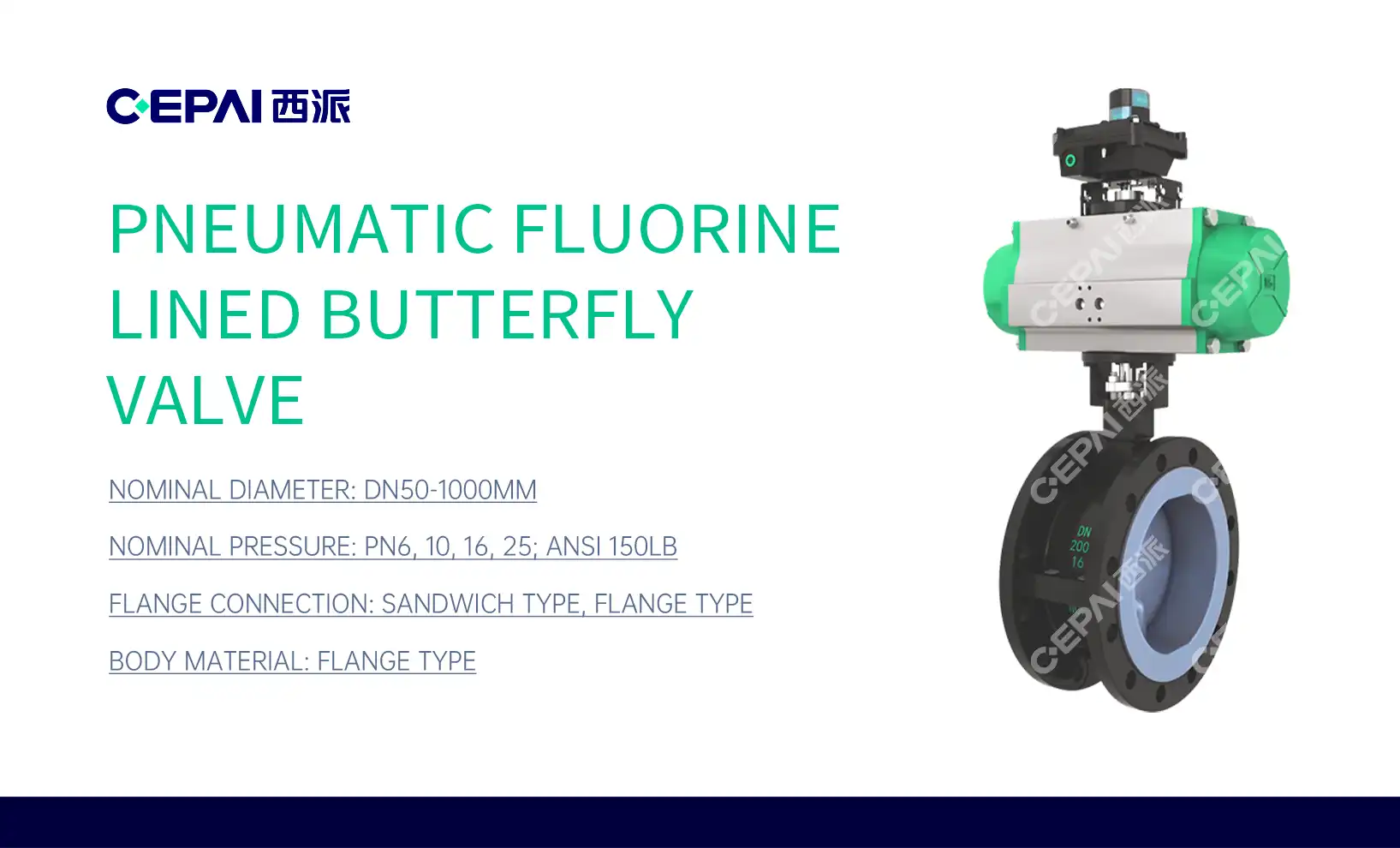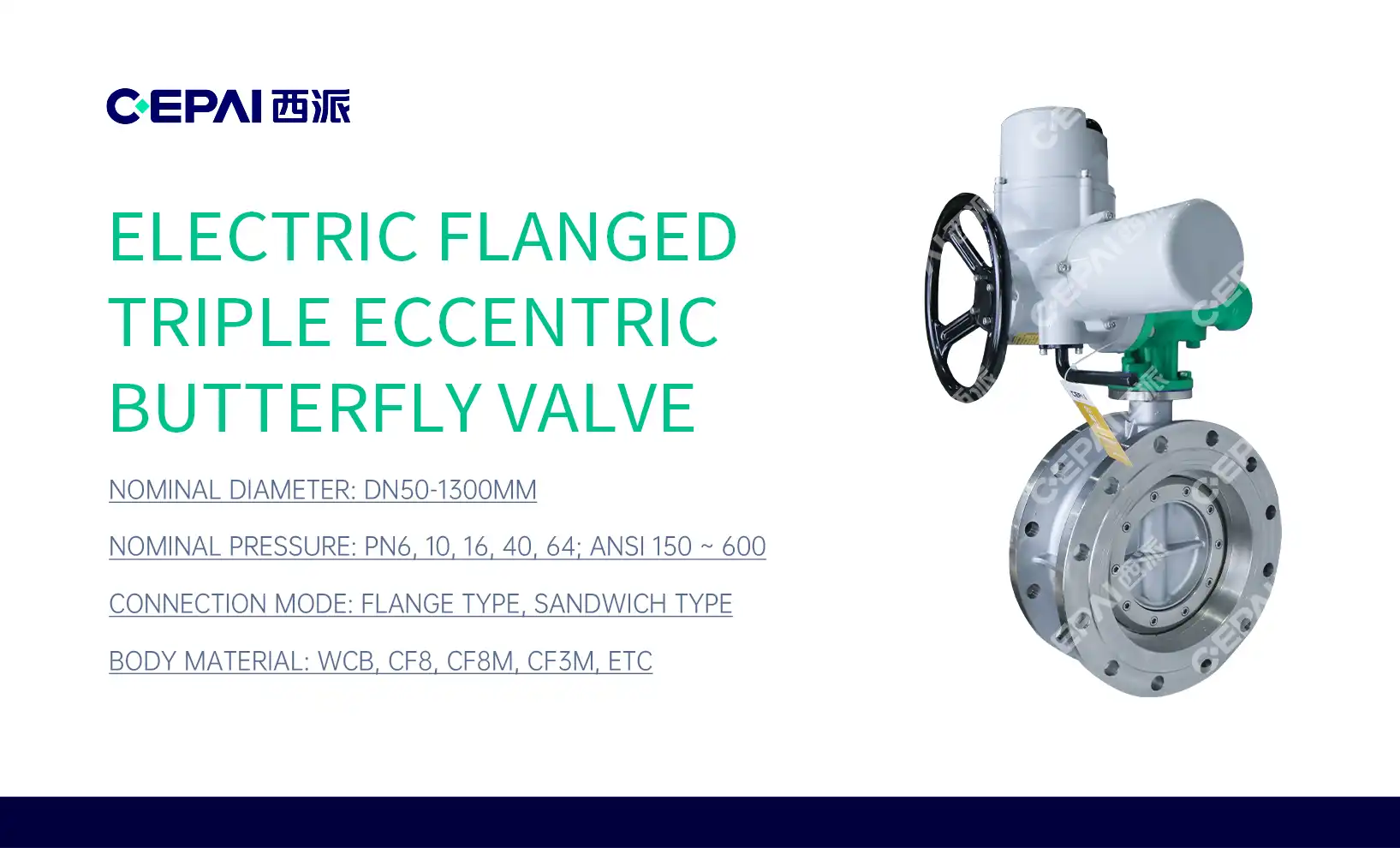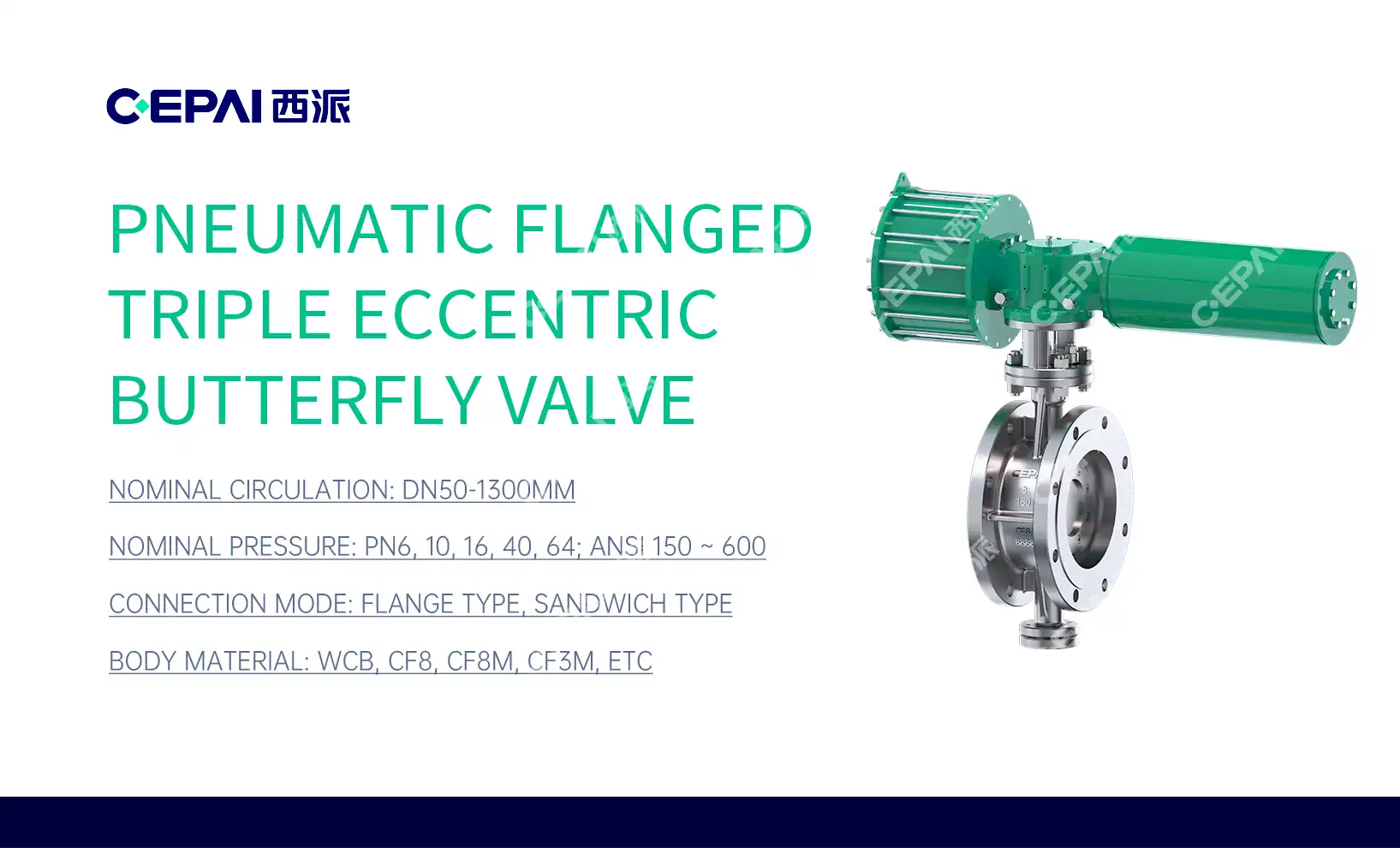Understanding Pneumatic Ball Valves: Speed and Simplicity
Operating Principles of Pneumatic Ball Valves
Pneumatic ball valves harness the power of compressed air to actuate the valve mechanism. This system comprises an air supply, control valves, and an actuator connected to the ball valve stem. When pressurized air is directed to one side of the actuator piston, it creates a force that rotates the ball, either opening or closing the valve. The simplicity of this design contributes to the valve's reliability and swift operation.
Advantages of Pneumatic Ball Valves
The primary advantage of pneumatic ball valves lies in their rapid actuation speed. This quick response time makes them invaluable in applications where fast shut-off is critical, such as emergency systems or processes requiring frequent cycling. Additionally, pneumatic valves are inherently safe for use in explosive environments, as they don't rely on electrical components that could potentially spark. Their robust design also allows for operation in extreme temperatures and harsh conditions, further expanding their versatility across various industries.
Applications Suited for Pneumatic Ball Valves
Pneumatic ball valves find extensive use in industries where speed and safety are paramount. They excel in chemical processing plants, where rapid isolation of process lines may be necessary to prevent accidents. In the oil and gas sector, these valves are crucial for controlling the flow of hydrocarbons quickly and safely. Food and beverage industries also benefit from their fast-acting nature for precise batching and mixing operations. The ability to operate in hazardous areas makes pneumatic ball valves indispensable in mining and pharmaceutical manufacturing, where explosive atmospheres are common.
Exploring Motorized Ball Valves: Precision and Control
Mechanism of Motorized Ball Valves
Motorized ball valves employ an electric motor to drive the valve's operation. This motor is typically connected to a gearbox, which translates the motor's rotational force into the torque needed to turn the ball valve. The system often includes position sensors and control circuitry, allowing for precise positioning of the ball. This setup enables not just open/close functionality but also the ability to maintain partially open positions for flow modulation.
Benefits of Motorized Ball Valves
The hallmark of motorized ball valves is their precision control capabilities. They can achieve exact positioning, allowing for fine-tuned flow regulation that pneumatic valves can't match. This precision makes them ideal for applications requiring variable flow rates or specific pressure control. Motorized valves also offer superior feedback and monitoring options, as their electrical nature allows for easy integration with digital control systems and remote monitoring capabilities. Furthermore, they provide consistent torque throughout their operation, ensuring reliable performance even with viscous or high-pressure fluids.

Ideal Applications for Motorized Ball Valves
Motorized ball valves shine in applications demanding precise flow control and remote operation. They are extensively used in HVAC systems for temperature regulation, where their ability to modulate flow rates precisely is crucial. In the water treatment industry, these valves play a vital role in controlling chemical dosing and filtration processes. Process industries benefit from their integration into automated control systems, allowing for complex sequencing and recipe management. The energy sector utilizes motorized ball valves for precise control in power generation and distribution systems, where accurate flow management is essential for efficiency and safety.
Comparative Analysis: Speed vs. Precision in Industrial Applications
Performance Metrics: Response Time and Accuracy
When comparing pneumatic and motorized ball valves, response time and accuracy are key performance metrics. Pneumatic valves typically offer faster response times, often actuating in less than a second, making them superior for rapid cycling applications. Motorized valves, while generally slower, excel in positioning accuracy. They can achieve precise intermediate positions with repeatability often within 1% or better, crucial for applications requiring fine flow control. This trade-off between speed and precision is a fundamental consideration in valve selection for specific industrial processes.
Energy Efficiency and Operational Costs
Energy efficiency varies significantly between pneumatic and motorized ball valves. Pneumatic systems require a constant supply of compressed air, which can be energy-intensive to produce and maintain. However, they consume energy only during actuation, making them efficient for intermittent use. Motorized valves, conversely, draw electrical power continuously when holding a position, but modern designs with efficient motors and control systems can minimize this consumption. The choice between the two often depends on the specific application, operational frequency, and available energy sources at the facility.
Maintenance and Longevity Considerations
Maintenance requirements and longevity are crucial factors in the total cost of ownership for ball valves. Pneumatic ball valves generally have fewer moving parts and simpler mechanisms, potentially leading to lower maintenance needs and longer service life in certain conditions. However, they rely on clean, dry air supply, necessitating regular air system maintenance. Motorized ball valves, with their more complex electrical and mechanical components, may require more specialized maintenance but offer the advantage of built-in diagnostics for predictive maintenance. The longevity of both types can be significantly influenced by the operating environment and the quality of the valve construction.
Conclusion
The choice between pneumatic and motorized ball valves ultimately depends on the specific requirements of the application at hand. Pneumatic ball valves offer unparalleled speed and simplicity, making them ideal for rapid on/off control and hazardous environments. Motorized ball valves, with their precision and integration capabilities, excel in applications requiring accurate flow modulation and remote operation. Both types have their place in modern industrial settings, and the decision should be based on a careful analysis of the process requirements, environmental conditions, and long-term operational considerations. As technology advances, the lines between these two types of valves may blur, with hybrid solutions emerging to offer the best of both worlds.
FAQs
1. What are the main differences between pneumatic and motorized ball valves?
Pneumatic ball valves operate using compressed air and offer faster actuation, while motorized ball valves use electric motors for more precise control.
2. Which type of valve is better for hazardous environments?
Pneumatic ball valves are generally safer in hazardous environments due to their lack of electrical components.
3. Can motorized ball valves be used for partial opening?
Yes, motorized ball valves excel at precise positioning, allowing for partial opening and accurate flow modulation.
4. Are pneumatic ball valves more energy-efficient?
It depends on the application. Pneumatic valves can be more efficient for intermittent use, while motorized valves may be more efficient for continuous operation.
Expert Ball Valve Solutions for Precision Control | CEPAI
At CEPAI Group Co., Ltd., we specialize in high-precision ball valves for demanding industrial applications. Our state-of-the-art manufacturing facility, featuring the longest high-precision intelligent production line in the Asia Pacific region, ensures unparalleled quality and consistency. As a leading ball valve supplier, factory, and manufacturer, we offer tailored solutions to meet your specific needs. Experience the CEPAI difference in valve technology. Contact us at cepai@cepai.com to discuss your ball valve requirements and elevate your fluid control systems.

References
Johnson, A. (2022). "Advances in Ball Valve Technology for Industrial Applications". Journal of Fluid Control Systems, 45(3), 112-128.
Smith, R. & Lee, K. (2021). "Comparative Analysis of Pneumatic and Motorized Valve Actuators". Industrial Process Control Quarterly, 18(2), 67-82.
Zhang, L. et al. (2023). "Energy Efficiency in Modern Valve Systems: A Case Study of Ball Valves". Energy and Process Engineering Review, 9(4), 203-219.
Brown, T. (2022). "Precision Control in Chemical Processing: The Role of Motorized Ball Valves". Chemical Engineering Progress, 118(7), 45-53.
Patel, N. & Garcia, M. (2021). "Safety Considerations in Valve Selection for Hazardous Environments". Process Safety and Environmental Protection, 152, 327-340.
Anderson, E. (2023). "The Future of Valve Technology: Integrating Smart Features in Pneumatic and Motorized Systems". Automation and Control Today, 31(5), 88-97.





